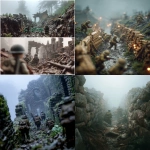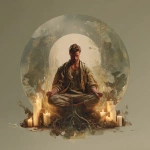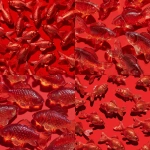Explore the Best AI Image Gallery
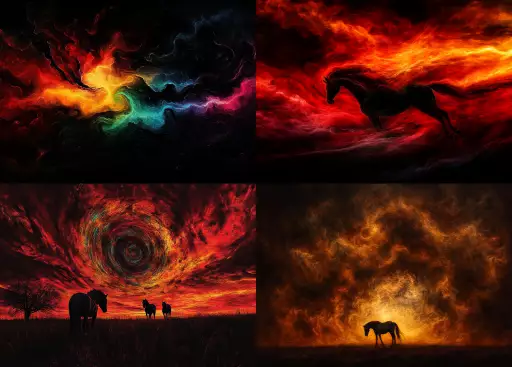
The realm of art and design is undergoing a radical transformation, driven by the emergence of powerful artificial intelligence (AI) image creation tools. These innovative platforms empower users to generate stunning visuals with remarkable ease, blurring the lines between human creativity and machine ingenuity.
From generating realistic portraits to crafting fantastical landscapes, AI image generators are proving to be versatile instruments in the hands of artists, designers, marketers, and even everyday individuals. This blog post delves into the fascinating world of AI-powered image creation, exploring its impact on the creative industry, potential applications, ethical considerations, and future trends.
The Rise of AI Image Creation Tools
AI image generation tools leverage advanced algorithms, particularly deep learning models like Generative Adversarial Networks (GANs), to create original images from textual descriptions or prompts. These models are trained on massive datasets of images and text, enabling them to learn intricate patterns and relationships within visual data.
Notable examples of AI image creation platforms include DALL-E 2, Midjourney, Stable Diffusion, and Craiyon (formerly DALL-E mini). Each platform offers unique features and capabilities, catering to diverse creative needs. Users can input text prompts specifying the desired subject, style, composition, or even specific details, and the AI algorithms generate corresponding images.
Impact on the Creative Industry
The integration of AI image creation tools is poised to have a profound impact on various facets of the creative industry:
- Art and Design: AI can assist artists in generating initial concepts, exploring different visual styles, or creating intricate details. It can also be used to personalize artwork or design custom patterns.
- Marketing and Advertising: Brands can leverage AI to create engaging visuals for social media campaigns, product advertisements, or website banners. The ability to generate multiple variations of images based on specific parameters can optimize marketing efforts.
- Content Creation: Publishers, bloggers, and online platforms can utilize AI to generate illustrations, infographics, or even entire scenes for visual storytelling. This can enhance the visual appeal and engagement of content.
- Education and Research: AI image generation tools can be valuable educational resources, allowing students to experiment with different artistic styles, explore historical art movements, or visualize complex scientific concepts.
Ethical Considerations
The rise of AI image creation tools also raises important ethical considerations:
- Copyright and Intellectual Property: Questions arise regarding the ownership of AI-generated images. Who holds the copyright—the user who provided the prompt, the developer of the AI tool, or the AI itself?
- Bias and Representation: AI models are trained on existing data, which may contain biases that reflect societal stereotypes or prejudices. This can result in AI-generated images perpetuating harmful representations.
- Misinformation and Deepfakes: The ability to generate realistic images raises concerns about the potential for misuse, such as creating convincing fake news, manipulating historical events, or impersonating individuals.
It is crucial to develop ethical guidelines and regulations to address these challenges and ensure responsible use of AI image creation tools.
Future Trends
The field of AI image generation is rapidly evolving, with ongoing research and development pushing the boundaries of creativity and innovation:
- Improved Realism and Detail: AI models will continue to advance, generating images with even greater realism and detail, indistinguishable from photographs in some cases.
- Personalized Experiences: AI image creation tools will increasingly cater to individual preferences, allowing users to customize the style, composition, and content of generated images.
- Interactive and Collaborative Creation: Users may be able to interact with AI models in real-time, guiding the image generation process and co-creating unique visuals.
The future of AI image creation holds immense potential for revolutionizing artistic expression, expanding creative possibilities, and transforming various industries.
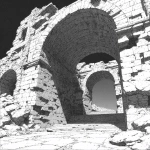

](https://images.ai-img.art/thumbnails/150/47d44e177f427ea6b32f96ea225db96c5158850a0cf01d1bad93e45dd4594430.webp)

](https://images.ai-img.art/thumbnails/150/c48401bc3fad7ff7f2dbd37b894d3f53cb42d5072dfacb8bfdcdeeef28a29b04.webp)

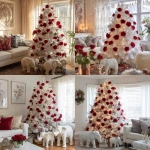




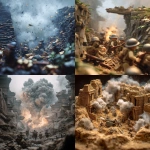



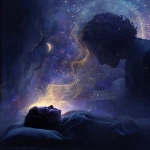


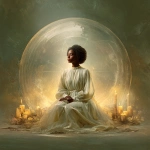
](https://images.ai-img.art/thumbnails/150/44b76c49c47b4c47f13eac7883c63827d3f89aa77fe64ce0cbecb9d3ce434499.webp)
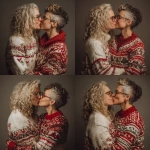

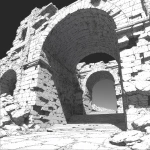
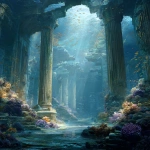
](https://images.ai-img.art/thumbnails/150/09ccae5e68e2b6da6b5da87ef69f7eb09e80c99ca39ba886c5c3773cbb3b89ba.webp)
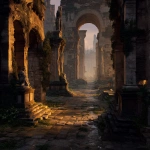

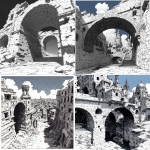
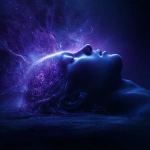
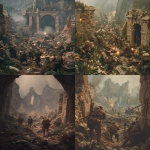

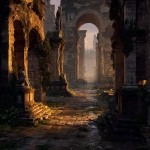

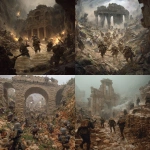

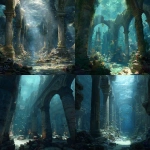
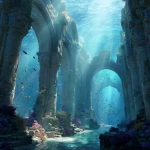
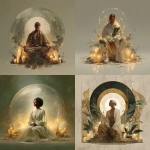
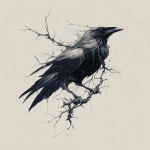
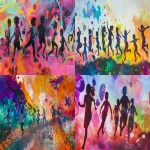

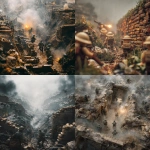


](https://images.ai-img.art/thumbnails/150/c2241c1eabdcb7b9a98be19a7e8d850b6cffe0e0c91c1ccda8dd807e2a96b187.webp)
